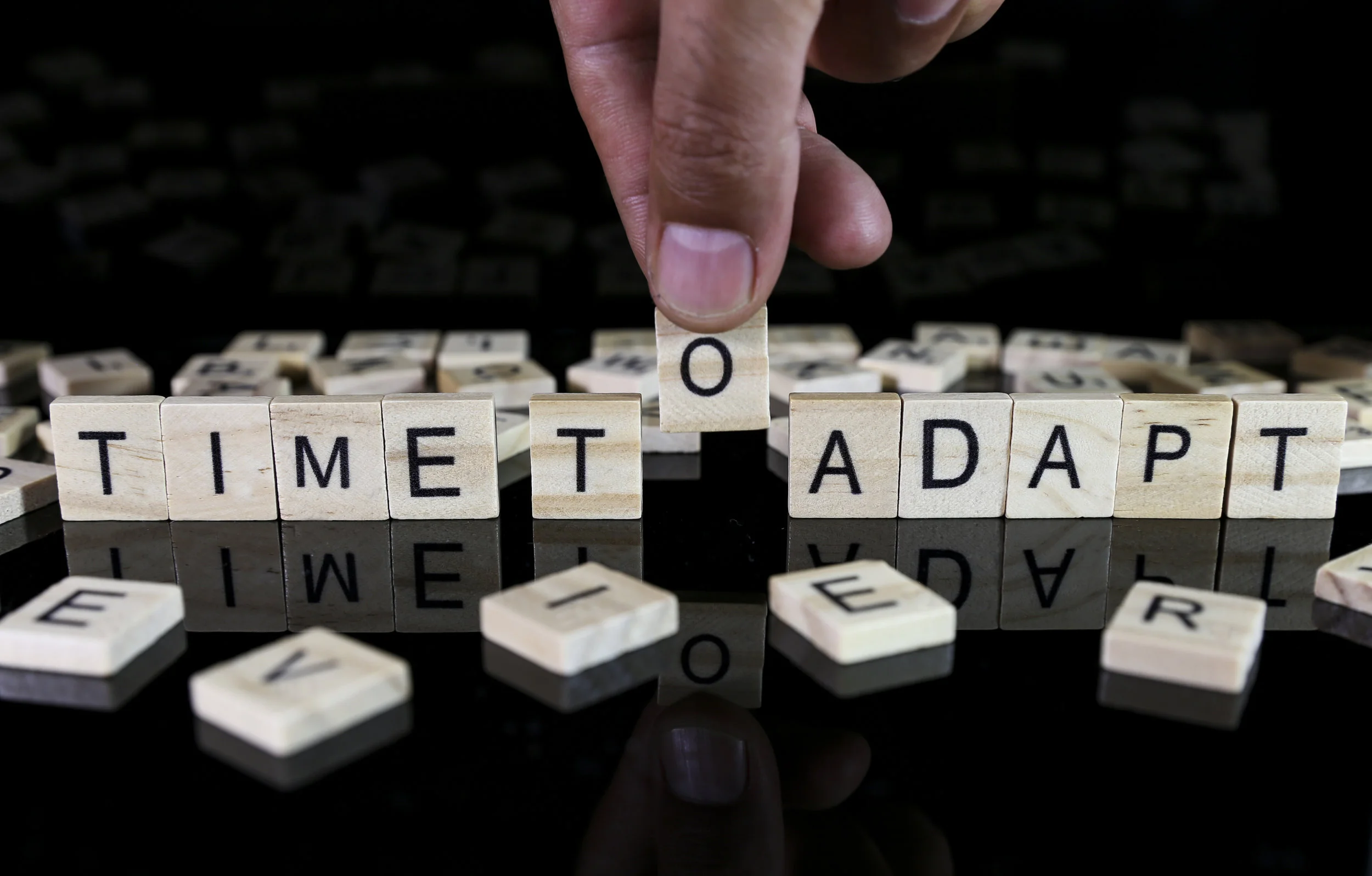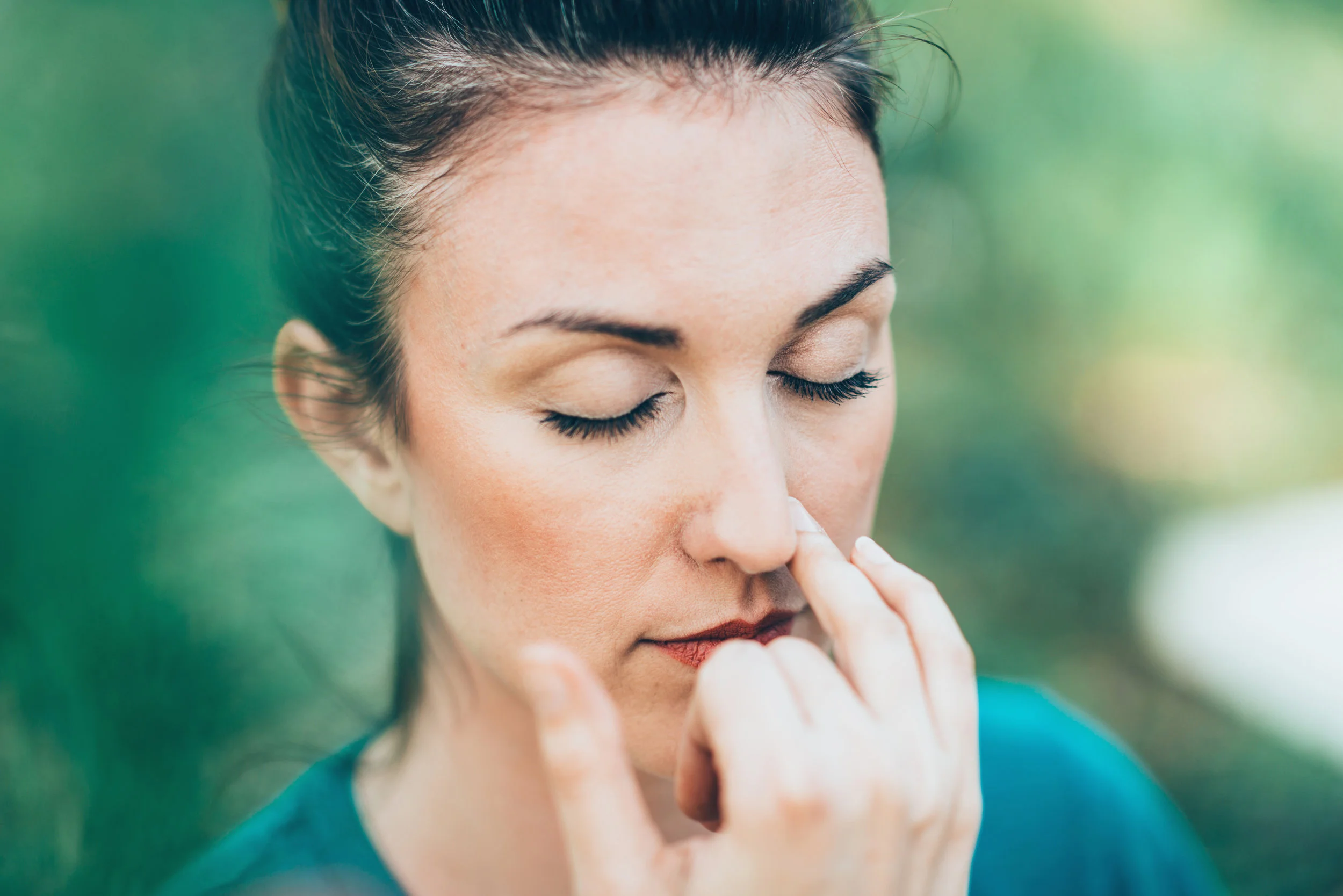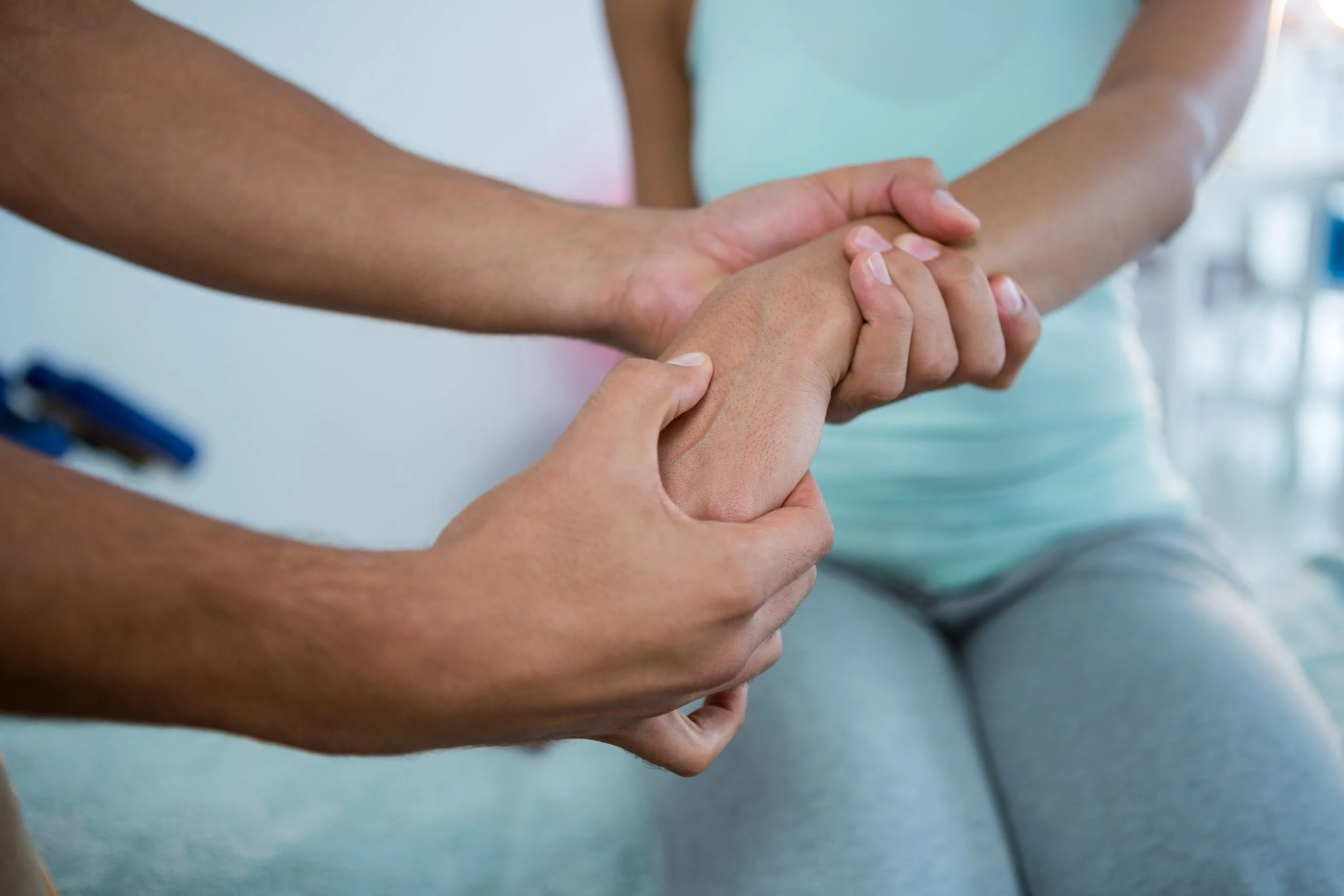Basic Self-Massage Tips for Myofascial Trigger Points
/Learn how to massage your own trigger points (muscle knots)
Massaging yourself might seem as useless as trying to tickle yourself. But if there is a good reason for rubbing your own muscles, it’s probably muscle “knots” or trigger points: small patches of clenched muscle fibres that are sensitive and cause aching and stiffness. They may be a major factor in many common pain problems like low back pain and neck pain. Most minor trigger points are probably self-treatable.
You can often get more relief from this kind of discomfort with self-massage than you can get from a massage therapist. Professional help can be nice — and sometimes essential — but it can also be cost-effective to learn to save yourself from trigger points. It is a safe, cheap, and reasonable approach to self-help for many common pain problems.1
It’s also a controversial one: there is plenty of scientific uncertainty about trigger points. It’s undeniable that mammals suffer from sensitive spots in our soft tissues … but their nature remains unclear, and the popular idea that they are a kind of mini-spasm could be wrong.2
This article just introduces the basic principles of treating trigger points with self-massage. If you’d like to dive deeper into the subject, see my huge trigger points & myofascial pain tutorial.
Why are minor trigger points so easy to deal with?
A lot of trigger point pain can be relieved with a surprisingly small amount of simple self-massage with your own thumbs or cheap tools like a tennis ball. Although trigger points can be amazingly nasty, most are fairly easy to find and get rid of with a just little rubbing.
Dr. Janet Travell3 wrote that “almost any intervention” can relieve a trigger point, and self-massage is usually the simplest, cheapest, safest, and most effective. Which sounds to good to be true, so we should probably be suspicious of it. How can such a trivial treatment work?
The pain may be more of a sensory phantom than something wrong with the tissue.4 It may be relatively easy to change with massage because there’s not much to “fix” — just a sensation to change.
A little self-massage is often the most effective treatment for minor muscle knots. But how can such a trivial treatment work?
Or maybe the rubbing actually helps muscle tissue directly in some way, like stirring a sauce until it’s free of lumps. Maybe massage works because it’s literally pushing and flushing waste metabolites out of a trigger point5 — which, in theory, interrupts a vicious cycle and prevents the trigger point from coming back. But, so far, no one has actually been able to demonstrate how a muscle “knot” can be untied by massage.
Isolated trigger points are probably much easier to manage — neurologically simpler.6 If the problem is limited to one body part, there’s a better chance of dealing with it.
Basic self-massage instructions for trigger points
Just a few moments of gentle rubbing can be enough for an easy case.7 For moderate cases, several larger doses — a minute or two — of rubbing over a couple days will usually do the trick. The toughest self-treatable cases might need an investment of about a half dozen 5–minute treatments per day for a week. But none of this is science-based, and treatment can definitely fail.8
Here are a bunch more basic tips …
Rub with what? Rub the trigger point with your fingertips, thumbs, fist, elbow … whatever feels easiest and most comfortable to you. Simple tools are handy for spots that are harder to reach — various balls and other handy objects. Tennis ball massage is surprisingly good stuff! You can use a foam roller, of course, but the contact area is just too wide for many jobs.
A tool like Pressure Positive’s Backnobber can be great. But for quick and easy self-massage, there’s usually something around the house that works pretty well — like a tennis ball!
Rub in what way? For simplicity, either simply press on the trigger point directly and hold for a while (10–100 seconds), or apply small kneading strokes, either circular or back and forth, and don’t worry about the direction of the muscle fibres. Really, anything goes. But, if you happen to know the direction of the muscle fibres — sometimes it’s obvious — then stroke parallel to the fibres as though you are trying to elongate them, because that might be more effective.
Rub how hard? This matters more! Because massage is mostly about having a conversation with your nervous system, you want it to have the right tone: Friendly and helpful! Not shouty and rude. The intensity of the treatment should be Goldilocks just-right: strong enough to satisfy, but easy to live with. On a scale of 10 — where 1 is painless and 10 is intolerable — please aim for the 4–7 range, and err on the side of gentle at first. Beginners are often much too aggressive. (And the pros too!)
What should it feel like? Pressure on a muscle knot should generally be clear and strong and satisfying; it should have a relieving, welcome quality. This is “good pain.” Massage is a conversation with your nervous system. So you want it to have the right tone. Friendly and helpful! Not shouty and rude.If you are wincing or gritting your teeth, you probably need to be more gentle. You need to be able to relax. See the next section for more information about how trigger point massage should feel.
What if it backfires? It probably won’t, especially if the pressure is reasonable. But if you experience any negative reaction in the hours after treatment, just ease up. In basic therapy, you can count on tissue adapting to stronger pressures over the course of a few days of regular treatment. If they don’t, either the problem isn’t really trigger points, or they are (much) worse trigger points than you thought.
Rub where? For basic self-treatment, you can trust your instincts: rub where it hurts! Do explore for sensitive spots, but you can limit your exploration to a fairly small area of muscle tissue around the “epicentre” of your symptoms. So, for instance, if the top of your shoulder aches, search for trigger points mainly in the top of your shoulder. (You will notnecessarily be able to feel a bump or “knot” in your muscle, so don’t worry too much about that.)
What if the trigger point is not where the pain is? Trigger points may generate symptoms that aren’t where the trigger point is. What’s a beginner to do? Don’t worry about it too much — this is basic trigger point treatment. Bear in mind the possibility of confusing referred pain, but don’t worry about it unless basic therapy is failing.
Rub how much? Massage each suspected trigger point for about 30 seconds, give or take depending on how helpful it feels. This is actually enough for many trigger points — especially if you think that you have several that all need attention! Five minutes is roughly the maximum that any trigger point will need at one time, but there is not really any limit — if rubbing the trigger point continues to feel good, feel free to keep going.
Rub how often? As long as you aren’t experiencing any negative reactions, you should massage any trigger point that seems to need it at least twice per day, and as much as a half dozen times per day. More is probably too tedious and involves too great a risk of just pissing it off.
How do you know it’s working? Getting a trigger point to “release”
The goal of self-massage for trigger points is to achieve a “release.” What is trigger point “release” and what does it feel like? How do you measure success? It mostly refers to an easing of sensitivity of the trigger point, and/or a softening of the tissue texture — the melting of the knot.
But release is a vague term with no specific scientific definition. It’s a label for the unknown, for whatever is going on when the trigger point seems to goes away. Maybe it refers to the literal relaxation (or even the violent disruption!) of the tightly clenched muscle fibres. Or maybe it’s “just” a sensory adaptation, which might be a kind of healing (it just stops hurting), or trivial and temporary (like scratching a mosquito bite).
A release may not be obvious. In fact, things could even feel worse before they feel better: tissue might remain “polluted” with waste metabolites even after a successful release. Release might even require some damage to the tissue of the muscle knots — that is one theory. If so, the area would probably still be quite sensitive even if you’ve succeeded.
In my experience — both treating and being treated — it’s a weird mixture of these possibilities: initially there’s a satisfying but profound sense of scratching an itch, but the tissue is actually more sensitive afterwards, not less.
For beginners, don’t worry about the details: just stimulate the trigger point, and trust that you probably achieved a release, or a partial release, and then wait for the trigger point to calm down. If you were successful, you will notice a reduction in symptoms within several hours, often the next morning.
If you were successful, you will notice a reduction in symptoms within several hours, often the next morning.
Good pain? With easy trigger points, successful release is typically associated with “good pain” — that clear, strong, and satisfying sensation that is somehow both painful and relieving. It is positive in the same sense that barfing is positive: it’s not pleasant, and yet your body “knows” that it needs and wants that much pressure. Usually, if you feel “good pain,” a trigger point release is more likely.
On the other hand, if you are wincing or gritting your teeth, you probably need to be more gentle. Comfort is an important component of successful treatment for most people! If you can’t massage the trigger point without wincing, you’re being too brutal on yourself, especially in the early stages. Sometimes a trigger point will feel nasty and hot and burning and still release anyway. But often such a rotten trigger point will need more persistent or advanced treatment. The “pressure question” — how much is too much? — is surprisingly complicated.
This is the tip of the trigger point iceberg
There are many reasons why basic self-massage might fail. The skeptics could be right: maybe there’s really nothing there but an abnormal sensation, nothing in the flesh to fix. Or it could fail for quite technical reasons — due to the neurological phenomenon of “referred pain,” the trigger point may not actually be located in the same place as the pain. This sends people on wild goose chases, rubbing the wrong things, and the only solution is education and experimentation.
this article originally appeared on painscience.com and was written by Paul Ingraham.











![Self-regulation “control [of oneself] by oneself"](https://images.squarespace-cdn.com/content/v1/55563e14e4b01769086817cb/1542845645966-PO2HGKF5JLUBM45UIWQ3/wee-lee-790761-unsplash.jpg)
























